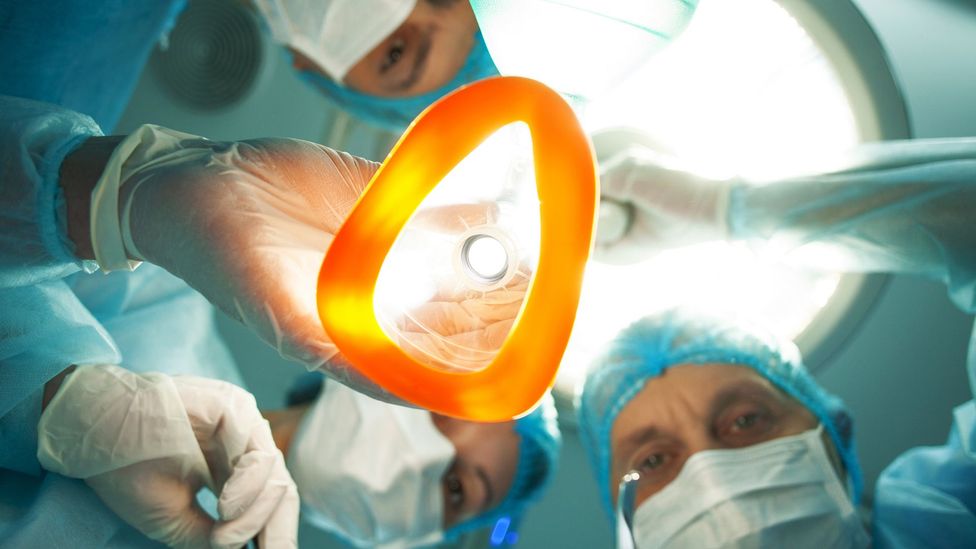By Anatole Tahintzi, Year 12
Though anaesthesia is a well known term, nobody truly understands how it works. Anaesthetics are generally categorised into two classes according to their functions: local anaesthetics and general anaesthetics. The topic of this article, general anaesthetics are either gases or volatile liquids that evaporate as they are inhaled with oxygen, or anaesthetic agents that are administered intravenously to produce a state of unconsciousness. This combination of intravenous drugs and inhaled gases puts patients in a sleep-like state before a surgery or other medical procedure such that no pain is felt.
General anaesthesia is used for surgical procedures where it’s safer or more comfortable for the patient to be unconscious. It’s typically used for lengthy procedures or ones that would be excruciatingly uncomfortable otherwise. The five stages of general anaesthesia are induction, excitation, surgery, and, rarely, overdose. The first stage, known as induction, lasts from the moment the patient takes the medication until they fall asleep. In this stage, the patient remains calm, their breathing remains slow but regular, but they are unable to feel discomfort. Then excitation or delirium sets in. The anesthesiologist will attempt to get patients through this second stage as rapidly as possible because it can be risky. Patients might experience uncontrollable movements, a rapid heartbeat, erratic breathing, or even vomit. After this stage, the patient becomes unconscious and surgery can commence. Rarely, overdose can occur because excessive use of anaesthesia can lead your brain to signal your heart and lungs to stop working, inevitably leading to death. Thus, the use of anaesthesia is not risk-free.
In simple terms, general anaesthesia works by interrupting nerve signals in your brain and body. It prevents your brain from processing pain and from remembering what happened during your surgery. On a biochemical level, general anaesthetics cause the central nervous system to experience broad neurodepression by enhancing inhibitory neurotransmission and reducing excitatory neurotransmission. It is commonly recognised that general anaesthetics affect the central nervous system (CNS). The majority of general anaesthetics work by affecting different neurotransmitter-gated ion channels. GABAA receptors are the most well-known representative targets. Other ion channels that exhibit susceptibility to general anaesthetics include glycine, nicotinic acetylcholine, and N-methyl-D-aspartate (NMDA) receptors. The physiologic action of anaesthetics and the diverse behavioural reaction patterns to them are closely related to the modulation of cell electrical activity by ion channels. Generally speaking, general anaesthetics either block or augment the activation of excitatory synaptic channels or inhibitory postsynaptic channels. However, general anaesthetics’ detailed action mechanisms are not fully understood.
General anaesthesia is a vital tool for modern day medicine. Through interrupting nerve signals in our brain, the technology allows for painless surgery. Though certain drawbacks exist, such headaches, nausea, vomiting, and a delay in the recovery of normal memory function, as well as a potentially deadly overdose, it is difficult to imagine working without it.



